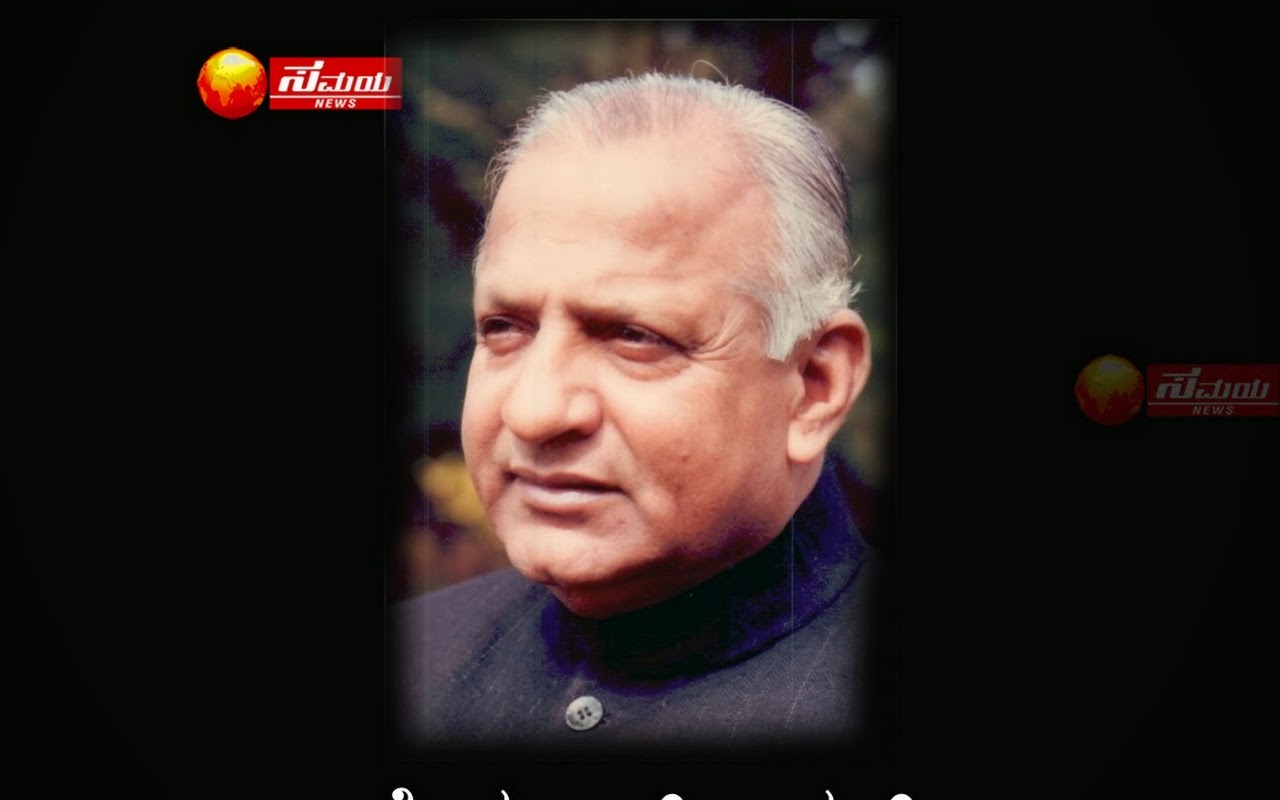The Indus Waters Treaty is a water-distribution treaty between India and Pakistan, brokered by the World Bank (then the International Bank for Reconstruction and Development). The treaty was signed in Karachi on September 19, 1960, by then Prime Minister of India Pandit Jawaharlal Nehru and then President of Pakistan Ayub Khan.
According to this agreement, control over the water flowing in three "eastern" rivers of India — the Beas, the Ravi and the Sutlej — was given to India, while control over the water flowing in three "western" rivers of India — the Indus, the Chenab and the Jhelum — to Pakistan.
More controversial, however, were the provisions on how the waters were to be shared. Since Pakistan's rivers receive more water flow from India, the treaty allowed India to use western rivers water for limited irrigation use and unrestricted use for power generation, domestic, industrial and non consumptive uses such as navigation, floating of property, fish culture, etc. while laying down precise regulations for India to build projects.
The preamble of the treaty declares that the objectives of the treaty are recognizing rights & obligations of each country in settlement of water use from the Indus rivers system in a spirit of goodwill, friendship and cooperation contrary to the fears of Pakistan that India could potentially create droughts and famines in Pakistan, especially at times of war since substantial water inflows of the Indus basin rivers are from India.
As per the provisions in the treaty, India can use only 20% of the total water carried by the Indus.
PERMANENT INDUS COMMISSION
The countries agreed to exchange data and co-operate in matters related to the treaty.
For this purpose, treaty creates the Permanent Indus Commission, with a commissioner appointed by each country.
It would follow the set procedure for adjudicating any future disputes arising over the allocation of waters.
The Commission has survived three wars and provides an ongoing mechanism for consultation and conflict resolution through inspection, exchange of data and visits.
The Commission is required to meet regularly to discuss potential disputes as well as cooperative arrangements for the development of the basin.
Either party must notify the other of plans to construct any engineering works which would affect the other party and to provide data about such works.
The annual inspections and exchange of data continue, unperturbed by tensions on the subcontinent.
In cases of disagreement, Permanent Court of Arbitration or a neutral technical expert is called in for arbitration.
DISPUTES RELATED TO THE TREATY
Pakistan has lodged a fresh complaint with World Bank over a run-of-the-river project on Kishanganga River in Jammu and Kashmir. It has also raised a dispute over construction of Ratle Dam over Chenab River.
The World Bank, which brokered the Indus Water Treaty in 1960, acts as mediator in such disputes. Pakistan has complained that the Kishanganga project violates the treaty and demanded setting up of a Court of Arbitration.
India had taken strong exception to the World Bank’s decision to set up a Court of Arbitration to look into Pakistan’s complaint against it over Kishenganga and Ratle hydroelectric projects in Jammu and Kashmir.
Meanwhile, World Bank has paused the separate processes initiated by India and Pakistan under the Indus Waters Treaty to allow the two countries to consider alternative ways to resolve their disagreements.
The treaty has not considered Gujarat state in India as part of the Indus river basin. The Indus river is entering the Great Rann of Kutch area and feeding in to Kori Creek during floods. At the time of the Indus Waters Treaty in 1960, the Great Rann of Kutch area was disputed territory between the two nations which was later settled in the year 1968 by sharing totaldisputed area in 9:1 ratio between India and Pakistan. Without taking consent from India, Pakistan has constructed Left Bank Outfall Drain (LBOD) project passing through the Great Rann of Kutch area with the assistance from the world bank. LBOD's purpose is to bypass the saline and polluted water which is not fit for agriculture use to reach sea via Rann of Kutch area without passing through its Indus delta. Water released by the LBOD is enhancing the flooding in India and contaminating the quality of water bodies which are source of water to salt farms spread over vast area. The LBOD water is planned to join the sea via disputed Sir Creek but LBOD water is entering Indian territory due to many breaches in its left bank caused by floods. Gujarat state of India beingthe lower most riparian part of Indus basin, Pakistan is bound to provide all the details of engineering works taken up by Pakistan to India as per the provisions of the treaty and shall not proceed with the project works till the disagreements are settled by arbitration process.

